INTRODUCTION

Even though as we've pointed out numerous times in the past 2.5" SATA III solid state drives are still leading the market in terms of sales (mainly due to compatibility with older systems) M.2 drives seem to be catching up. Of course, this jump in sales wouldn't be possible if not for the introduction of NVMe technology (NVM Express) which propelled M.2 performance to impressive new heights (up to around 3500MB/s for PCIe 3.0/Gen3 and 5000MB/s for PCIe 4.0/Gen4 SSD models). Because of that most manufacturers have focused their resources in the development of NVMe drives and honestly there seems to be no end in sight (competition between manufacturers however is always a good thing for the end consumer). Mushkin "enriched" their M.2 SSD lines with the Helix-L and the Pilot-E models a few months back and having already reviewed the former (review here) the time has come for us to check the latter.
For over 25 years, Mushkin has been dedicated to helping gamers, digital artists, IT managers and professionals alike enhance their computing experience by providing reliable, high-performance products. Mushkin’s products include a complete selection of USB, SSD and memory module upgrades for both the consumer and enterprise industries. Since the company’s founding in 1994, Mushkin has received numerous awards and commendations for quality, reliability, and technical excellence.
Just like the Kingston KC2000 M.2 NVMe SSD which we reviewed a while back (review here) under the hood of the Mushkin Pilot-E we find the SM2262EN 8-channel NAND flash controller by Silicon Motion paired with Micron's 64-layer 3D TLC NAND flash modules and a single 512MB LPDDR3 SDRAM module again by Micron (this configuration allows the 500GB model of the Pilot-E to reach numbers of up to 3500MB/s in reads and 2300MB/s in writes). Again the SM2262EN 8-channel NAND flash controller packs several features and technologies including Silicon Motion’s proprietary NANDXtend error-correcting code (ECC), datapath protection, end to end data protection with SRAM ECC, S.M.A.R.T, TRIM, NCQ, thermal-throttling, active garbage collection, DevSleep (device sleep), LDPC (Low Density Parity Check), SLC write acceleration (algorithms for optimal sustained performance), AES-256bit hardware encryption and of course fully supports TCG Opal 2.0 and IEEE-1667 (full compatibility with Microsoft's eDrive and EU's GDPR). As for endurance Mushkin reports an MTBF (mean time between failures) of up to 1.5 million hours and TBW (total bytes written) numbers of up to 350TB for the 500GB model, 650TB for the 1TB model and 1300TB for the 2TB model (Mushkin covers the entire line by a 3-year limited warranty).
SPECIFICATIONS AND FEATURES

THE PILOT-E 500GB
Just like with the Helix-L drive the Pilot-E arrived inside a blister package which allows you to see the drive from the front.
A thank you text by Mushkin is placed at the rear along with a sticker which contains the product serial number and barcode.
Contained inside the blister package are the Pilot-E drive, the thank you note from the CEO of Mushkin and a sticker.
As usual the Pilot-E drive follows the typical M.2 2280 form factor (22mm wide and 80mm long / M-key).
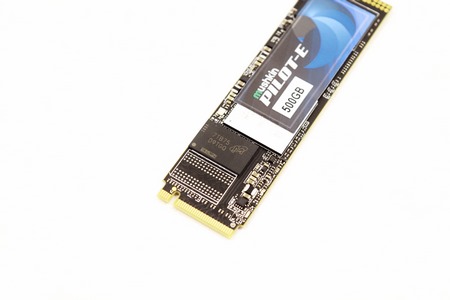
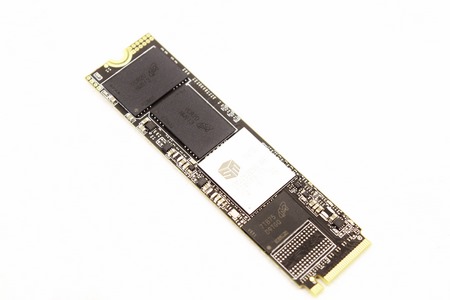
On the top side of the PCB we find the Silicon Motion SM2262EN NAND flash controller right next to two 128GB 64-Layer 3D TLC NAND flash modules and a single 512MB module all by Micron.
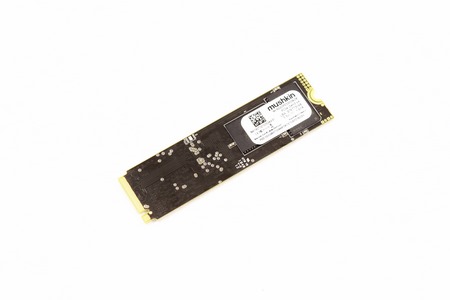
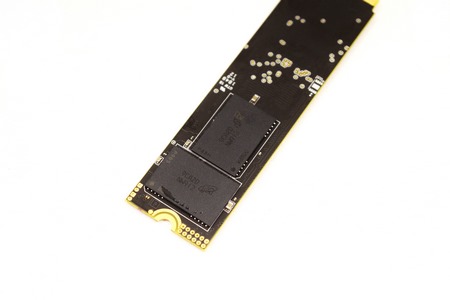 Just like with the Helix-L the Pilot-E is a dual side drive so on the other side of the PCB we find two more 128GB 64-layer 3D TLC NAND flash modules by Micron.
Just like with the Helix-L the Pilot-E is a dual side drive so on the other side of the PCB we find two more 128GB 64-layer 3D TLC NAND flash modules by Micron.
TEST BED
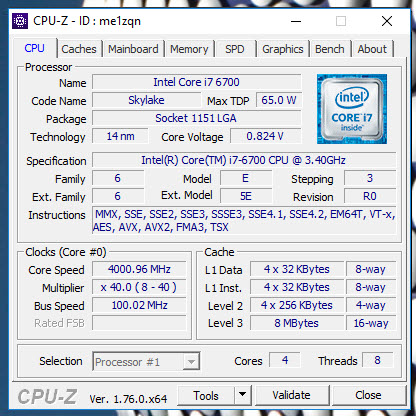

TESTING METHODOLOGY
After over 10 years of testing solid state drives, we’ve concluded that it's almost impossible for any single benchmark suite to accurately measure their performance and that's why in certain benchmark suites we see amazing read/write performance numbers with some drives while in others things are quite different. The reason behind this is that some benchmarking suites are configured to read and write random chunks of data while others read and write constant (sequential) ones. So that's why i always use a very wide selection of benchmarking suites including AIDA64, HD Tach RW, HD Tune Pro, Crystal Disk Mark, Sisoftware Sandra Pro, AS SSD, IOmeter and ATTO. To get the most accurate results each test gets repeated a total of 6 times with the average performance numbers recorded into our charts*. Also, as of February 25th 2015 our results will also include the Storage Networking Industry Association’s (SNIA) IOMeter tests. These tests include a 12 Hour write test used to “simulate” performance degradation over time and a mixed workload test which basically shows what you can expect when using an SSD continuously for roughly two hours. Unfortunately, due to the time required for these tests we repeat them a total of 3 times and not 6 as the above.
Many people have made inquiries about our charts in the past so once again please do keep in mind that the Charts have the average performance numbers of each drive recorded and not the peak (highest) ones. Also, although every single one of these programs can help potential buyers choose the right drive for their needs you should also remember that from any kind of benchmark up to real world usage the gap is not small (and usually most differences will go unnoticed by most people). All tests were performed in a fresh Windows 10 Pro x64 installation with every update installed up to the date of this review.
* Since November 2018 our SSD comparison charts have been divided to 2.5” and M.2 models to reduce their growing size.
TEST RESULTS - AIDA64 / ATTO


TEST RESULTS - HD TACH RW / HD TUNE PRO


TEST RESULTS - SISOFTWARE SANDRA PRO / CRYSTAL DISK MARK X64
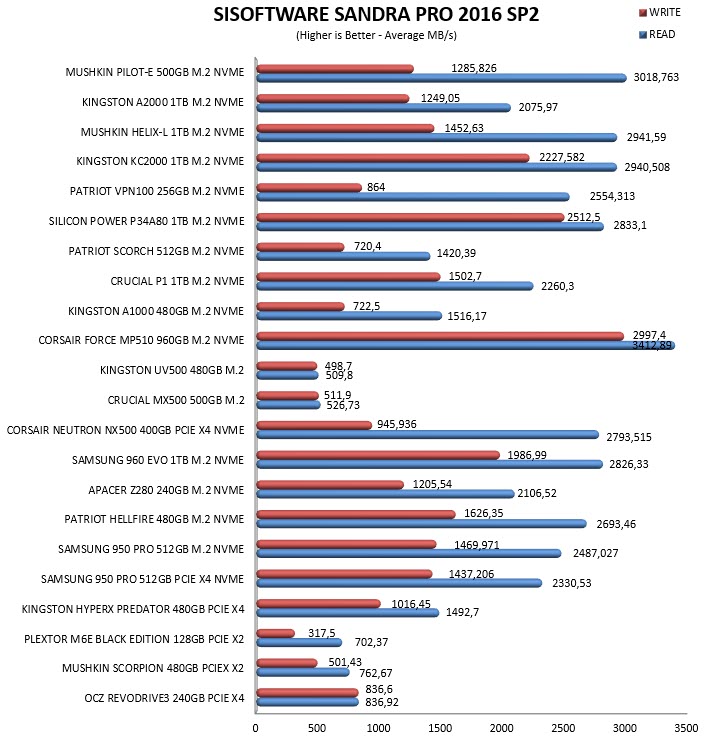

TEST RESULTS – AS SSD / IOMETER
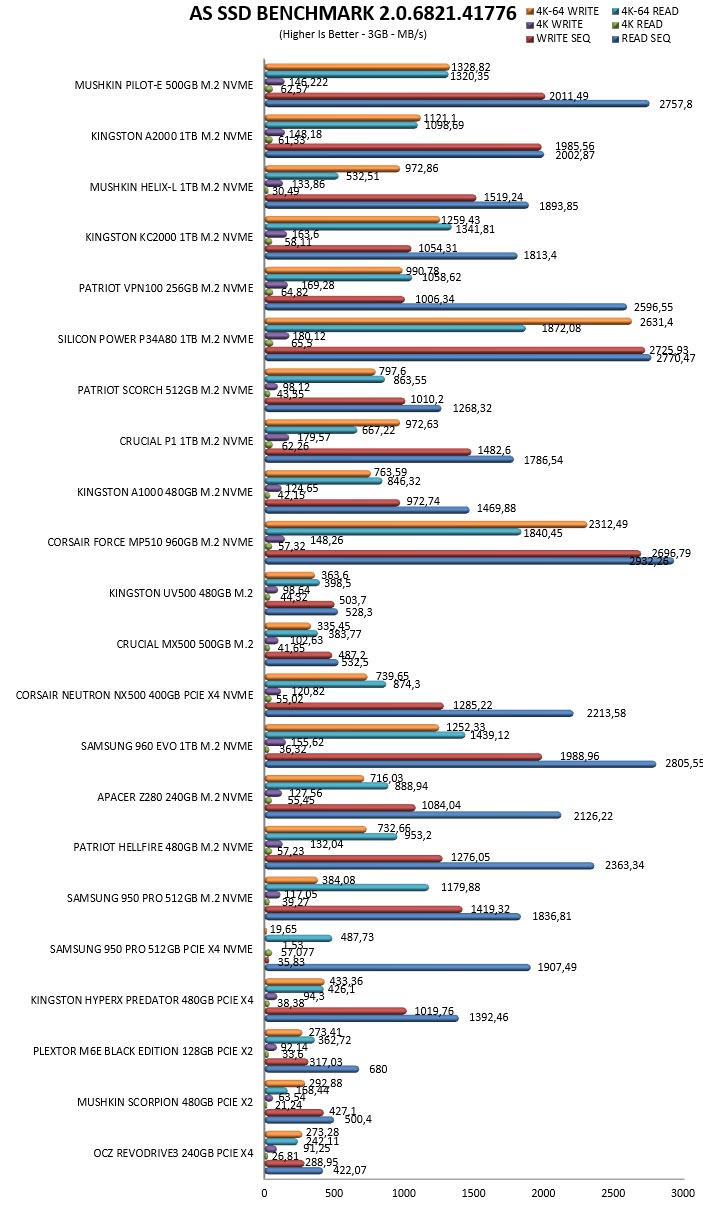
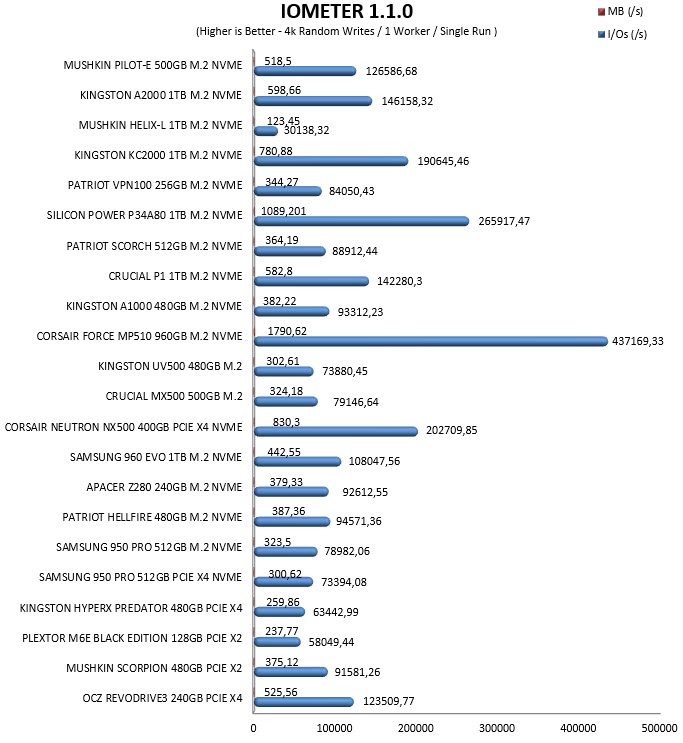
TEST RESULTS – IOMETER SNIA
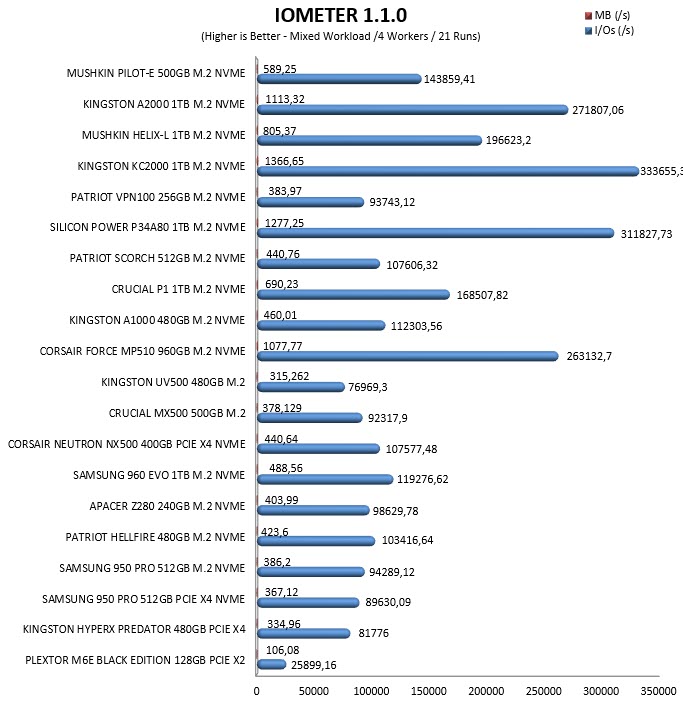
CONCLUSION
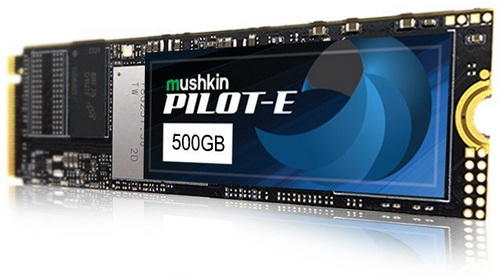
Since the only other M.2 NVMe SSD in our charts using the SM2262EN NAND flash controller by Silicon Motion is the KC2000 1TB by Kingston a comparison to the Pilot-E is unavoidable. Still comparing a 1TB model with a 500GB is not the ideal scenario (higher capacities usually outperform the lower capacity variants) and as you can tell from our charts the Pilot-E is outperformed by the KC2000 in most of our tests. Still with performance levels coming close and even surpassing 3000MB/s in reads and 2300MB/s in writes (in some of the tests that is) and with an endurance/durability number of 350TBW (not to mention an MTBF of 1.5 million hours) the Pilot-E indeed belongs in the high-performance league.
Price is an area where Mushkin has always done well and with a price tag currently set at USD71.99 inside the USA (Amazon.com) and at around 77Euros inside the EU the Pilot-E 500GB M.2 NVMe drive is priced roughly 15-20% less compared to similar models. Bottom line even though the Pilot-E is far from the fastest M.2 NVMe drive out there currently it does combine very good performance levels with even better endurance/durability numbers and is priced just right which is why it gets our Golden Award.

PROS
- Very Good Performance (Up To 3000MB/s Read & 2300MB/s Write)
- 3 Years Warranty
- Endurance / Durability (350TBW)
- Price (For Some)
CONS
- Thermal Throttling (During Our SNIA Tests)

 O-Sense
O-Sense





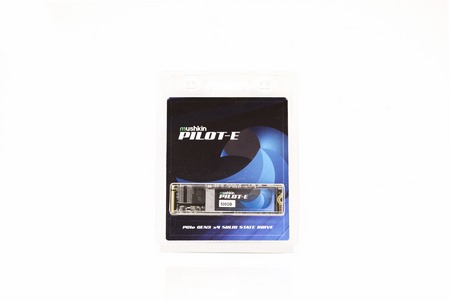
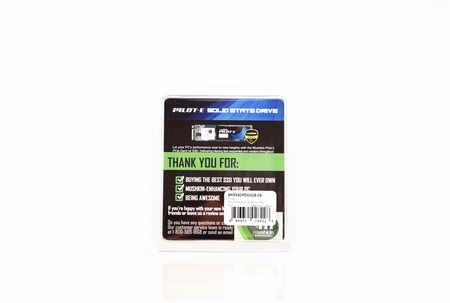
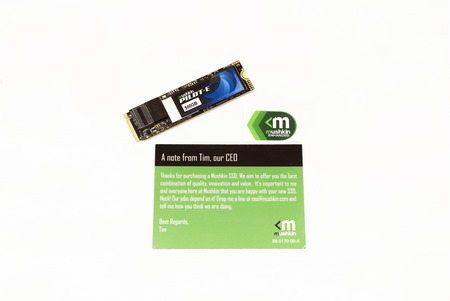
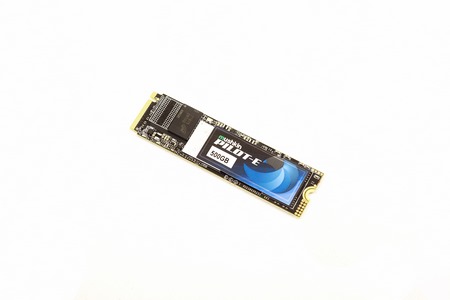
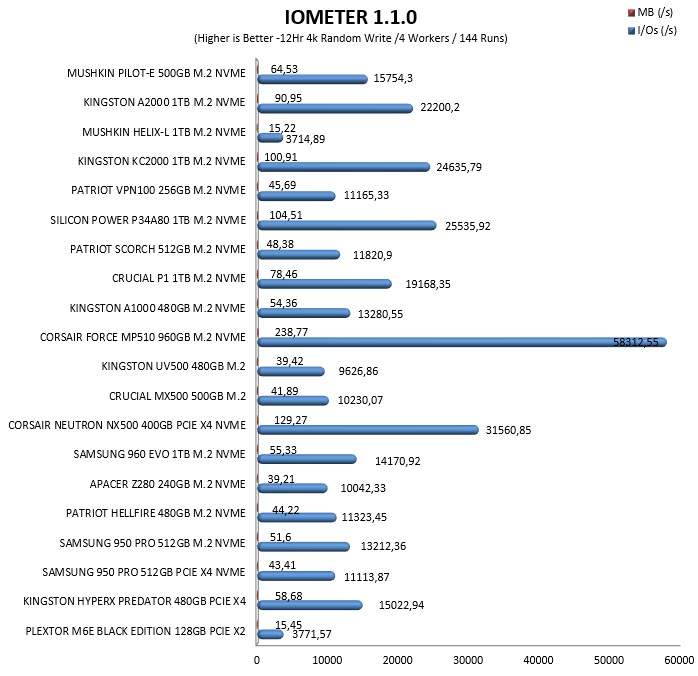
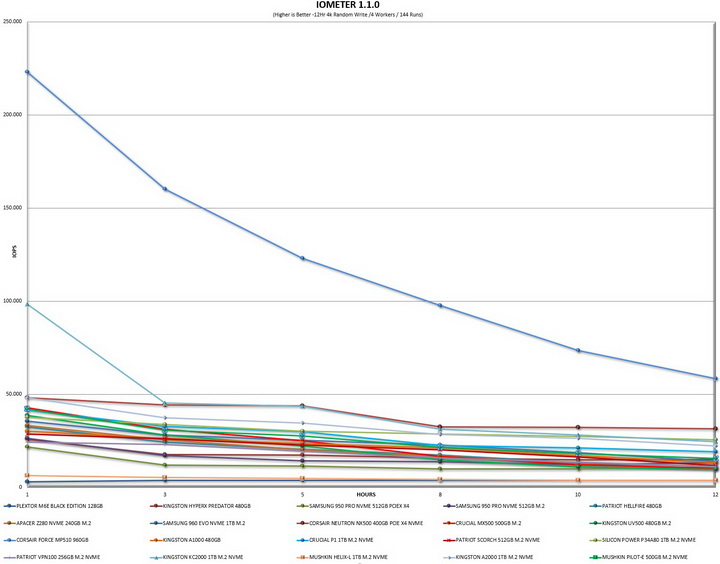


.png)

